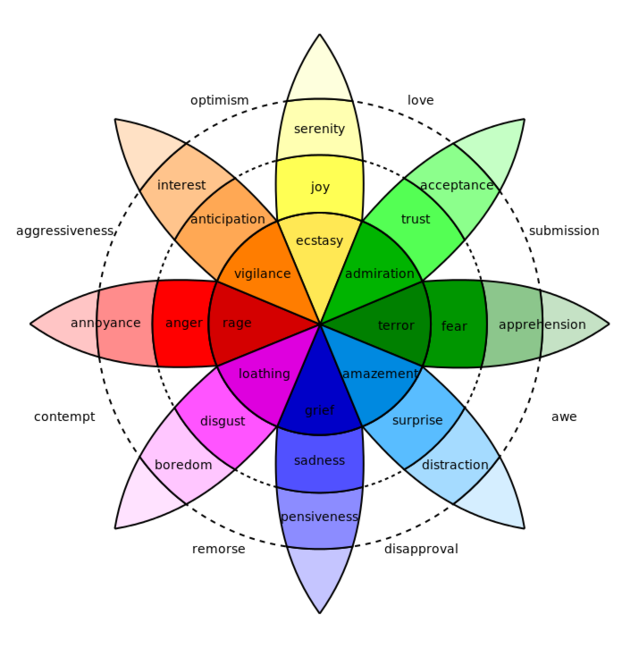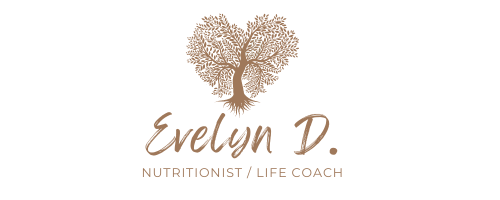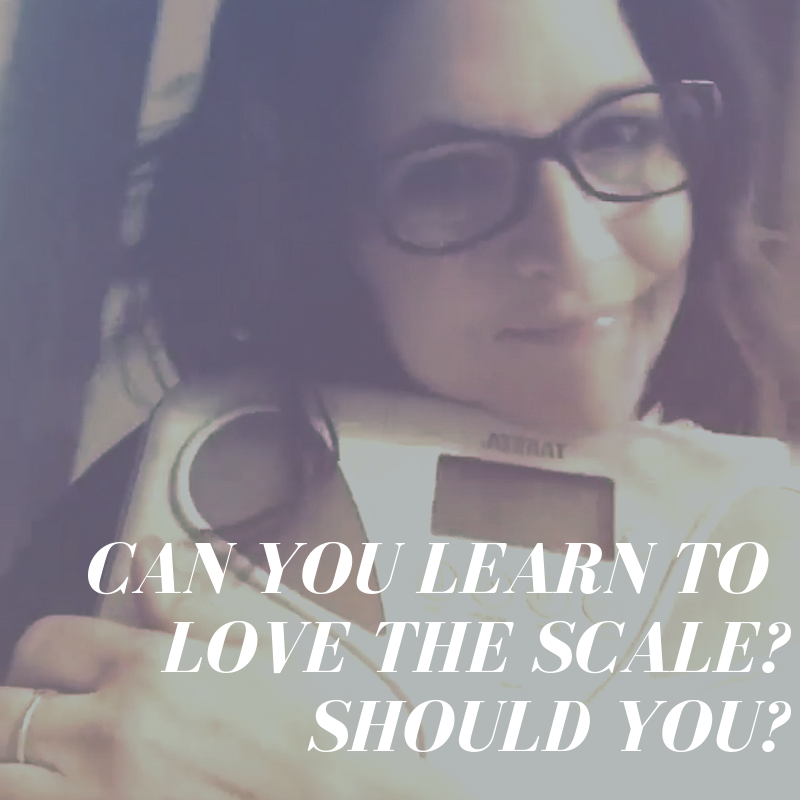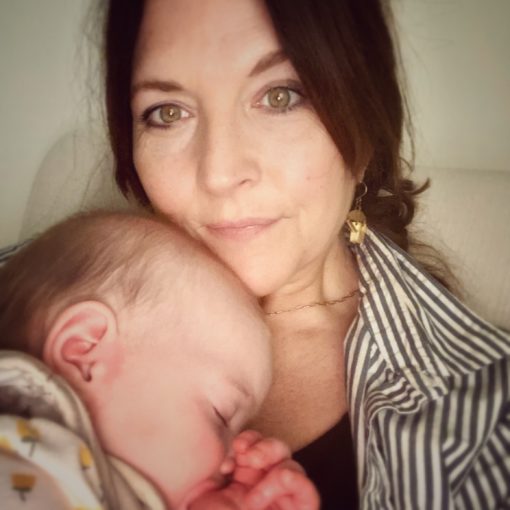I love me some coaching!
I was on a recent business coaching call last week where the Master Life Coach shared a perspective that rang so true…bells were ding-dinging all over the place. The concepts stemmed from a paper out of Wellesley College that had me digging deeper and thinking of you.
You may not think that business coaching has anything to do with weight loss or health coaching, but there are SOOO many parallels. What keeps you stuck and struggling in one part of life very likely corresponds with another.
The question I always have in the back of my mind when I’m being coached is:
How can this information help MY clients and students?
Luckily this person had shared examples of these disconnection strategies using eating and drinking so this wasn’t much of a stretch for me (ha!)
The research has to do with the very human tendency to ‘disconnect’ or ‘disassociate’ from trauma, pain and shame – which then the brain learns can be used basically to avoid actually experiencing any negative emotion or “bad feelings”.
If you’re human, you’ve likely done some of this too! It’s totally normal…
Researchers have identified the 3 main ways we disconnect from uncomfortable feelings. I’ll expand on them here so that you may identify which one (or ones) you might be using as well.

1. MOVING AWAY
This is where you AVOID the feeling and where you may use food, alcohol, spending, etc.. in order to MASK, NUMB, HIDE or ESCAPE the painful emotion that you are scared to experience.
Been there for sure!
Especially with using wine as “social lube” – or when I used to numb out and need to ‘destress’ (or disconnect) after a mentally grueling day.
2. MOVING TOWARD
Where my overachieving perfectionists at?🙋🏻♀️
This disconnection strategy is also about not experiencing negative emotion, but ‘Moving Toward’ it is where you might double down on your efforts – perhaps with more restriction, more research, more exercise (overworking in business).
This might be where you jump to a new diet, stricter fasting, removing foods or indulgences or stepping up your workout approach (these measures are usually even more extreme than the last one).
These all may seem like very noble pursuits, but the root-root cause is more about avoiding pain than becoming a “better version of you”. You can FEEL the difference if you pay attention to the energy around it – it’s a bit desperate and frantic.
Moving toward is also where people pleasing – seeking the approval or acceptance of others – also comes in. This coach called it being an “approval whore” to make it seem less appealing than “people pleasing” – but basically the energy around this feels the same – it’s definitely misaligned, tense and it feels needy (or ‘thirsty’ as the kids say :)).
You need to see past the external – outward – other – focus – and stay connected to what’s honestly happening INSIDE. <that’s where your deeper truth is.
3. MOVING AGAINST
This is where you either turn on others (in your mind or outwardly), but I actually see this more in female clients where they turn on themselves to avoid feeling any discomfort and pain from others…like a shield.
This often presents as self deprecation – beating yourself up – judging yourself and being self-critical.
By using hopeless, disempowered phrases like: “I always do this…” “I don’t know why I can’t be consistent.” “I’ll never change.” “I just don’t know what’s wrong with me.”….or attaching to your label “I have Hashimoto’s” “My family situation is bad.” “I have an eating disorder.” “I’m going through menopause.” – etc.. you’re telling yourself (and me as your coach) “Why bother!”
This strategy reminds me of “Fat Amy” from the movie, Pitch Perfect.

Amy introduced herself as “Fat Amy” to protect herself from others calling her fat.
This is a classic, “Moving Against” approach.
Another approach that I often hear from clients is “Ya, this is just what I’ve always done.” or “I just check out and don’t care.” “I never get passed XYZ # or timeframe”. As if their misaligned thinking and sabatoging behavior is a fact and not a choice.
These sentences are used for self protection. Maybe to perhaps tell me (subconsciously) as their coach to: ‘Don’t even try to make me feel these painful feelings – never mind change my thoughts about them or my behaviors that I use to avoid feeling them – this is just who I am’. Back off!“
In it’s most extreme form – with food or alcohol, drugs, etc.. – this strategy can lead to actual full on binges – going far beyond simply masking feelings by overeating/overdrinking/overusing to a far more aggressive, self abusive level. In these behaviors, you’re MOVING AGAINST yourself – almost violently – self destructively – as a means to disconnect.
In extreme cases this disordered behavior is NOT a controllable choice – or at least not one that can easily be solved in your own head. It’s important if you identify as someone with a food, alcohol or drug abuse or addiction that you seek the right support to work through some of the changes that need to be made in order to heal.
Deep stuff! I know….but here’s where you start to unpack some of this so that you can rise above these old patterns of disconnection:
- Acknowledge that you’re using a disconnection strategy. The first step is seeing them! Be aware. You can even thank ‘them’ when you spot them because these disconnection strategies very likely developed as the best tools you had at the time in your life when you were dealing with some tough stuff – maybe even major traumas – or, if your story is anything like mine, just a string of mini-traumas…nothing big, but enough where disconnecting seemed necessary. It worked! BUT now…
- Be open to FEEL….even the bad stuff. Negative emotion can’t kill you! Yes, it can feel like ICK, but it can’t kill you. The saddest part about relying too heavily on disconnecting from your bad feelings is that you – by default- also disconnect from the good ones too…So it’s lose-lose situation…Yes, maybe you dodged that crappy feeling bullet, but in the process you dulled, minimized or maybe even blocked the next joyful experience from being felt in your life.
- Keep practicing FEELING. If you’ve spent decades masking or being a perfectionist or beating yourself up, you’re NOT going to fix this in a day. It takes time and practice because this part of our brain – those old, well worn neural-pathways need to be shifted and that takes continually reinforcement..which means PRACTICE…Start by naming your emotions. You can use this feeling chart as a start:

Leave me your insights as you explore this work!





4 thoughts on “3 Disconnection Strategies and How They Impact Your Weight (and LIFE)”
So good. Thank you for always nailing it where I am mentally.
<3
This week I have been practicing asking myself questions, like What would it be like to just hold off on those cookies until tomorrow? For the most part it has been working. I even made cookies for my son the other night and didn’t eat the dough, the hershey’s kisses or the finished cookie! I do feel better when I don’t binge, but sometimes it doesn’t matter.
I think I am a rebellious person by nature – I like to bend the rules, so every time I get into a different pattern of eating, my brain goes ‘yeah but … I want that cookie or that extra glass of wine or a roll with butter to hell with the nutrition plate and the low carb bullshit — that’s what goes through my mind. So, my approach is going to be wondering what it would be like to do something different, feel something different, behave differently and stop equating it all to rules or diets or restrictions (yes, I know, you have been trying to tell me this) – sometimes I think I need to discover things on my own. I have a few tests coming up – a Christmas party, a few dinner’s out, and of course Christmas and New Years. Then a trip to Mexico. I’m going to keep working this strategy. As far as the article above, I have been in all 3 places at one time or another. I’ve used food, alcohol and in my 20’s drugs as well to feel better and avoid emotions. Food is still the winner here. I like the chart as I always have a difficult time identifying my emotions. Thank you for posting this – timely and meaningful.
These are all great opportunities to practice…Practice noticing how our minds are operating and also practicing new ways of being…I love how you’re being light with it! <3